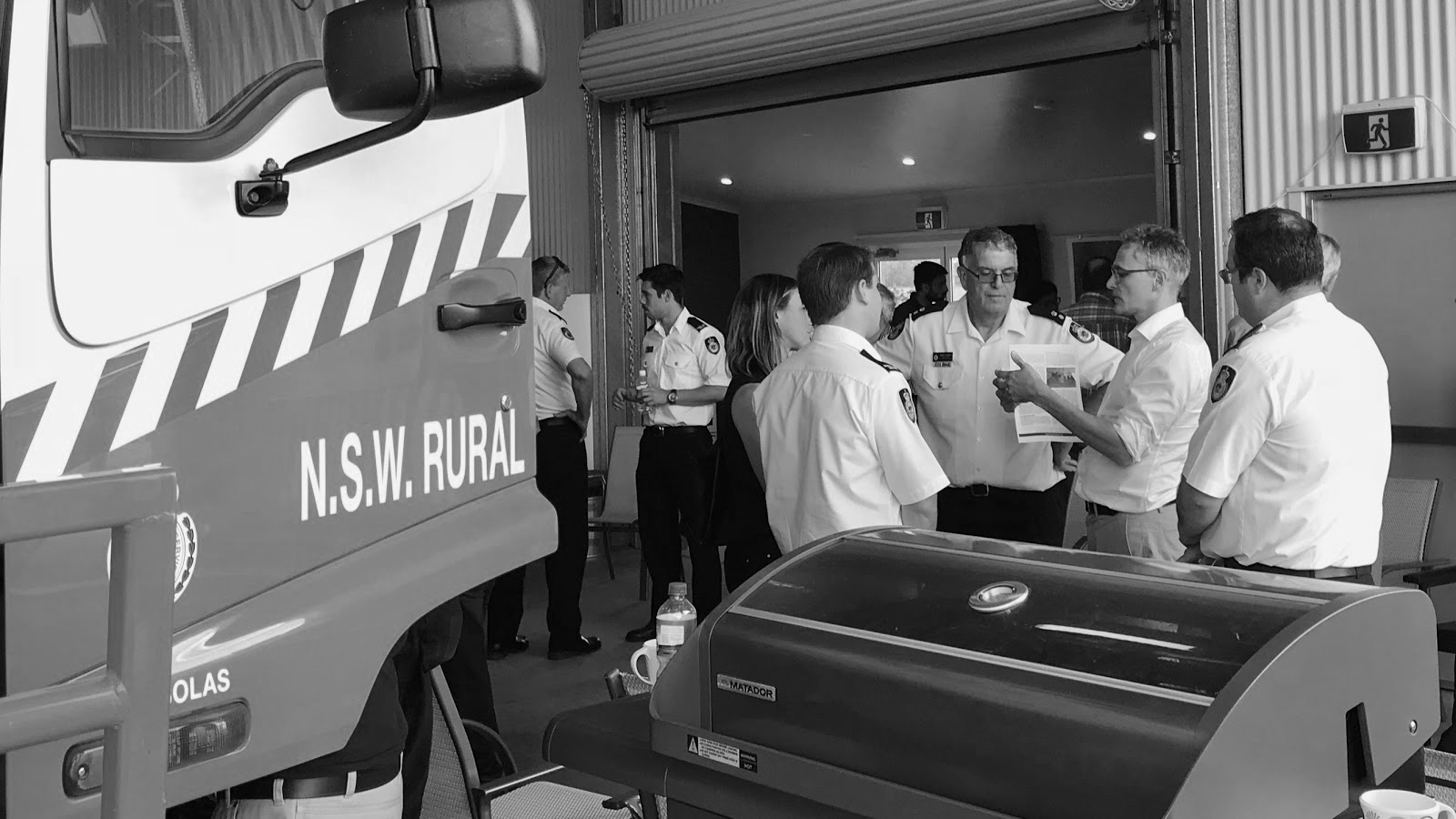For all the popular commentary about shortcomings of democracy, there is something quite remarkable, and admirable, about a nation smoothly changing its leadership at the behest of its people.
Just back from Wellington, where it was a buzz of excitement and meetings, including around BIT’s newest office staffed by Lee McCauley and Veerle Snijders in a suitably cool innovation hub. After nine years of the previous NZ administration, the newly formed coalition was the first change of government that many younger public servants had experienced. Ministers were still settling in, and like the officials whirling around them, adjusting to the new reality.
Behavioural scientists are very interested in moments of disruption and change – they are central to the ‘T’, or ‘timely’ of EAST. It is around these moments that habits and mental assumptions are thrown into relief. It’s why retailers (infamously) want to know if you are having a baby, to seize on the happy disruption of your life to get you to switch products or stores. It’s why 1 in 20 regular commuters switched to a new travel route after a London transport strike, when the jolt to their habits led them to find a better route in. In the same way, changes of governments allow public servants to look afresh at what they have been doing, whether triggered by manifesto or coalition commitments or not.
The new Prime Minister and coalition have made clear their interest in a range of issues of much focus by behavioural scientists over the last decade. These include poverty reduction (and child poverty in particular), community cohesion and respect, protecting the environment, and ‘wellbeing’. The new government is also particularly attuned to the interests and talents of the Māori and Pasifika, including with many Ministers from those communities.
The truth is NZ has been slower to adopt behavioural and experimental approaches than some countries, including its Australian neighbour. However, NZ has some advantages that could allow it to rapidly catch-up or even overtake other governments. It is famous – at least among policy wonks – for its linked data sets (notably the IDI). NZ is also blessed with a relatively integrated government as a result of its size and administrative history. For example, its employment, welfare and social work systems are all essentially run within one layer of government. Contrast this with, say, the use of multiple providers in the Australian employment service, or the split between central and local government in the UK social work.
As it happens, shortly before the election, the UK and (previous) NZ Prime Ministers signed an agreement to collaborate on data analysis. Hopefully the new PM will be keen to continue this research collaboration. Why should this be of wider interest? Consider some of the employment interventions that have been shown to get people back to work faster, such as getting UK jobseekers to focus on what they are planning to do next week (rather than asking them what they did last week), or getting injured public sector workers back to work faster in New South Wales, or the unemployed in Singapore. We have been able to identify how many days faster, on average, such an intervention gets people back to work. From this, we can make an estimate of savings on welfare. But that’s a pretty crude take on social impact. We don’t know what impact the intervention had on future earnings, on the wider family, or on long-term scarring. Yet in the NZ system, far more of these wider costs and benefits could be estimated. Such data should also enable NZ to do a better job than most countries of identifying out what works and for who. For example, it could rapidly identify whether interventions developed in a Western context work for Māori, and if not, then what does work. No wonder that there’s genuine excitement that NZ might join the family of countries exploring behavioural science and ‘what works’.
Visiting Orange and the NSW Rural Fire Service

Before leaving Australia, I also joined our Sydney team on a trip to Orange. We visited members of the NSW Rural Fire Service. It is a fascinating organisation: composed of 80,000 firefighters, many with years of experience and a strong track record – and composed 99% of volunteers. And they truly are a ‘fire service’ – a big part of their job is starting fires … (for hazard reduction purposes, with a target of several thousand hectares to burn a year). That’s partly why they’ve been applying behavioural science: we’ve been working closely with Anthony Bradstreet and the Community Engagement team to to ensure that fire permits given to landowners are understood and followed, so that fires are only started under safe conditions, with fire breaks prepared and ready.
To get a sense of the unique challenges of service provision in regional NSW we spoke with local employment service providers, as well as court support workers involved in an innovative trial we are working on to reduce domestic violence reoffending with the NSW BIU.
It’s quite a juxtaposition, volunteer firefighters to new Ministers. But it is testament to how widely a better understanding of human behaviour can, and is, being applied in the world today. Seeing it used in such wide-ranging issues also helps to stretch our own minds, and challenge our own assumptions about where else, as Richard Thaler likes to say, we can ‘nudge for good’.

